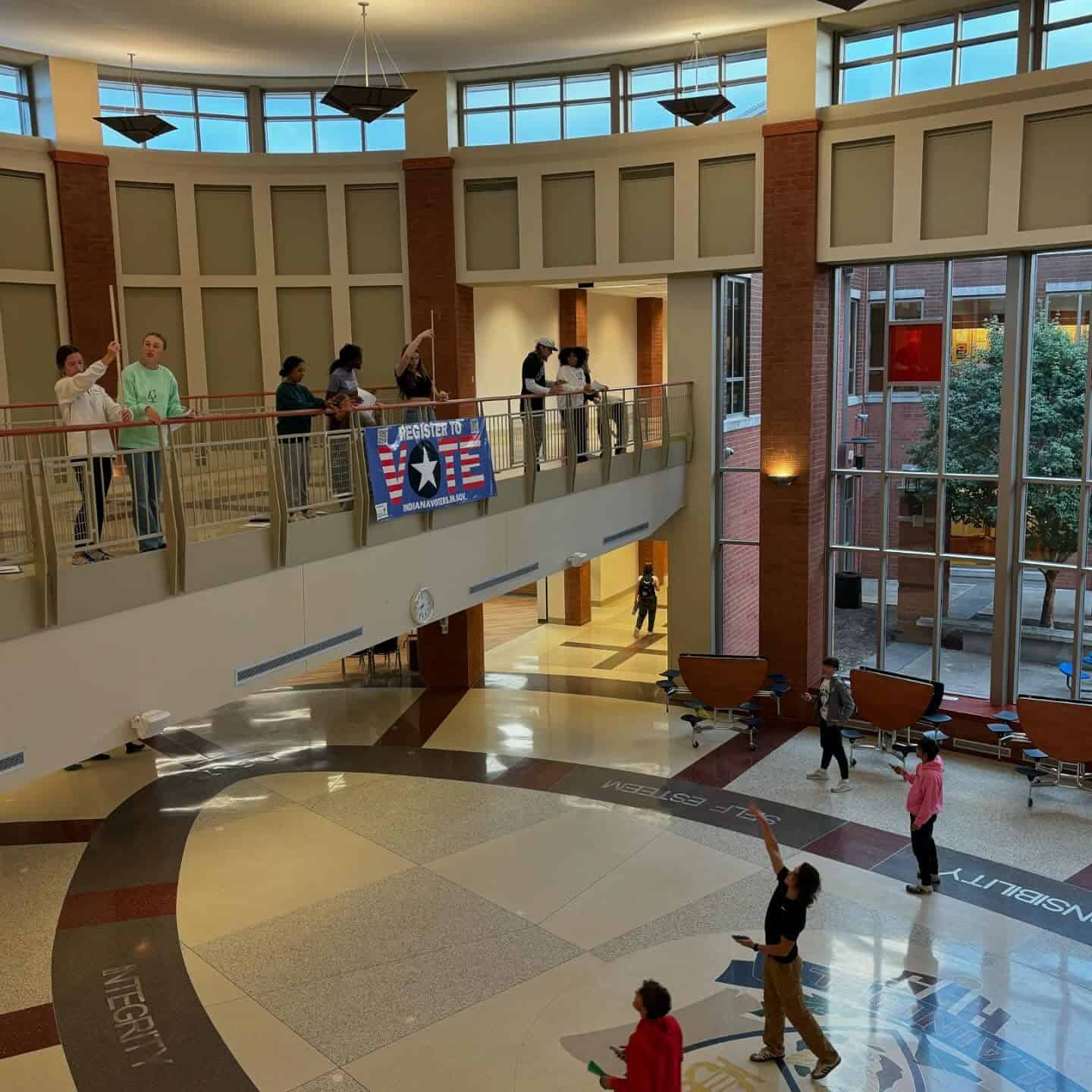That new school opened up … and no wonder my taxes jumped! They used marble floors, enormous windows, and even an elevator! You know those jerks on the school board just want to spend as much money as they can so they can outdo our rivals and boost their egos!
No matter what your school district or municipality’s next project may be, it’s going to be attacked for being far too elaborate or sophisticated for your modest community’s tastes.
Expectations for public buildings are different than for other commercial structures. How many times have you seen a store or fast-food restaurant torn down just a decade after it appeared? Often, once the owners have captured all the depreciation available to them, they’ll sell it to someone else, so it’s not unusual to see apartment communities and other structures change hands every few years or be demolished at a young age. But taxpayers expect government facilities to endure. Schools, for example, are typically designed for 50-year service lives with significantly higher standards for occupant safety. (Despite what some in the Statehouse would have you believe, Indiana school buildings are not among the nation’s most expensive. Not even close.)
What elected officials choose to put into a new building actually carries two sets of costs. The first is the actual cost of construction and fixtures, including the materials, labor, legal work, site preparation, and other elements that require money. The second is the ongoing cost of maintaining that building, and the choices made for the first often have a huge impact on the second.
A great example is flooring. For public spaces like lobbies and hallways, your choice is generally between vinyl-composite tiles (VCT) and terrazzo, which bonds chips of marble in colorful patterns. We always chose terrazzo, despite the fact it cost nearly twice as much to install as VCT. Were we being ridiculously generous with the taxpayers’ money? Hardly.
While VCT is cheaper up front, it typically has to be replaced every decade. Given that construction inflation has soared way above what you’ve seen at the grocery store, as soon as you install the first replacement, you’ve spent a total of more than the cost of terrazzo. Plus, VCT requires a lot of daily maintenance that has to be performed by hand, requiring multiple employees … along with the annual torture of stripping and recoating every square foot.
Terrazzo outlives us all. Barring a major earthquake or volcano, that terrazzo will still look great in 50 years … and just as good in 100. Maintenance? A nightly buffing from a machine resembling a small Zamboni, piloted by a single employee. So what’s the better choice for taxpayers? Over 50 years, the “cheaper” choice would likely cost taxpayers more than ten times as much. Another example? When we built Plainfield High School, we chose to use larger-than-normal bricks. While each carried a much higher price tag, we used far fewer bricks, which dramatically lowered the labor cost.
It’s hard to avoid knee-jerk reactions when we see what looks like government overspending. But when you take the time to ask questions and do a little research, you may discover that spending more is often the smartest way to save. Buildings constructed “on the cheap” have a funny habit of costing taxpayers a lot more in the long run.
